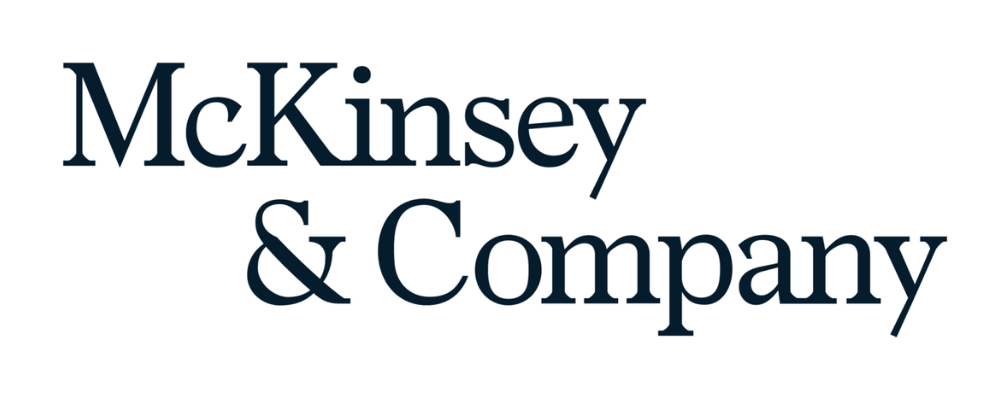The 2025 edition of the Aerospace Industries Association’s (AIA) annual aerospace and defense (A&D) workforce study was written as part of an ongoing collaboration with McKinsey that included a survey of AIA member companies and their executive leaders. The survey revealed that persistent core talent shortages and high attrition rates threaten to limit future progress of the A&D industry, which continues to grow at a robust 4.8 percent year over year.
A&D organizations have invested heavily to attract and engage employees, yet the industry-wide attrition rate remains stuck at nearly 15 percent. Some of the largest talent gaps are in roles that are essential to production. For example, 76 percent of AIA member organizations reported sustained challenges in hiring engineering talent, while 56 percent reported challenges in sourcing skilled trades talent.
Meanwhile, global volatility and shifting macroeconomics will continue to reshape the overall A&D landscape, and competition with other industries for key talent will continue to intensify, especially as retirements mount and workforce greening continues (exhibit).

Image description:
Two sets of horizontal bar charts show projected change in employment from 2023 to
2033 in percent and the projected number of people who will leave or retire during the
same period in thousands per year across Bureau of Labor Statistics occupations in the
aerospace and defense workforce. Of these occupations, four are categorized as core
trade occupations: electricians; welders, cutters, solderers, and brazers; assemblers
and fabricators; and metal workers and plastic workers. All four core occupations are
expected to have a high number of people who will exit, from 45,000 per year for
welders, cutters, solderers, and brazers to as many as 210,000 per year for assemblers
and fabricators. Three of the four are expected to have low or negative change in
employment. Hiring challenges will likely continue through at least 2033 as demand
grows and job vacancies mount.
Source: 2024 occupational outlook handbook, Bureau of Labor Statistics, updated
march 14, 2025
End of image description.
To address challenges in both the talent market and the broader industry, A&D organizations must achieve a step-change improvement in workforce productivity. The study outlines three key levers A&D companies can use to drive productivity:
- Reimagine workflows via enhanced technology: build a foundation of tech-enabled, fast, and frictionless workflows and empower employees to drive transformation
- Equip the workforce with new skills: create a talent development engine to nurture leadership and functional skills continuously while ensuring that the approach taken for upskilling is tied to overall business strategies
- Use employee incentives to drive engagement and reduce attrition: prioritize compensation alongside a holistic set of incentives, such as development and flexibility, to drive workforce engagement and retention, especially among high-potential talent
Ultimately, by maximizing their return on talent, A&D organizations have an opportunity to gain a competitive advantage, better positioning themselves to deliver on mounting demand for interoperable, essential technologies.
For more information, download the full report, Accelerating progress: Maximizing the return on talent in A&D.
“Our firm is designed to operate as one—a single global partnership united by a strong set of values. We are equally committed to both sides of our mission: attracting and developing a talented and diverse group of colleagues and helping our clients create meaningful and lasting change.
From the C-suite to the front line, we partner with clients to help them innovate more sustainably, achieve lasting gains in performance, and build workforces that will thrive for this generation and the next.”
Please visit the firm link to site


